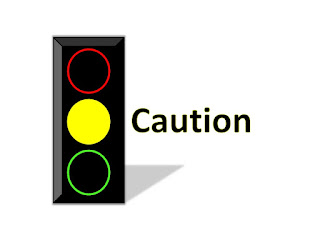Cyanos Activity July 15
Reconsider activities and limit exposure to the water.
Disclaimer: The information presented below reflects conditions throughout the lake and may differ from conditions on specific shorelines. For information regarding beach closings please contact the Torrington Area Health District or local town officials.
On July 15th AER visited Bantam Lake to conduct biweekly cyanobacteria and water
quality monitoring as part of the ongoing lake management program. Water column
profile and Secchi transparency data were collected from the North Bay Site (N
41.71087° W -73.21155°), the Center Lake Site (N 41.70056° W -73.22102°), a site west of
Folly Point (N 41.70773 W -73.22638), and at a site in the South Bay region of the lake
(N 41.69015 W -73.22728).
Samples collected for algal identifications and enumerations were from the North Bay
and Center Lake sites. A plankton net tow sample, using a 10µm mesh plankton net,
was also collected at the Center Lake site. Samples were treated, stored and analyzed
following methods discussed in previous memos.
Average Secchi transparency decreased since July 1st by 1.15 meters. Site measurements on July 15th ranged from 1.80 to 2.00m (Table 1) compared to the 2.86 to 3.18 on
July 1st
. Concurrent with the decrease in Secchi transparency was the conspicuous increased concentration of cyanobacteria cells in the three-meter integrated water samples collected on July 15th
(Fig. 1). July 15th cyanobacteria cell concentrations at both
sites were within the Visual Rank Category 2 range (CT DPH & CT DEEP 2019). State
guidance recommendations for this category include notifying the CT DPH & CT DEEP,
increasing surveillance until conditions change, and cautionary postings at public access points.
Cyanobacteria comprised over 96% of the algal cells in the samples with Dolichospermum spp. (formerly Anabaena spp.) alone comprising 75 and 67% of the algal community in the North Bay and Center Lake samples, respectively. The cyanobacteria,
Woronichinia spp., constituted approximately 20% of the algal community in both samples. Four other genera of cyanobacteria and six genera of chlorophyta (green algae)
were also observed in the samples. Nineteen total genera were observed in the July
15th samples, which is down somewhat from July 1st results.
Surface water temperatures were the highest observed this season ranging from 26.4
to 27.0°C (Table 1). Warmer temperatures favor cyanobacteria over other taxa. The top
three meters were generally thermally mixed at all sites except at Center Lake where
the top 4m were mixed. Below the mixed epilimnetic layer oxygen levels decreased
from >8.7mg/L to 0.0 at the bottom of each site.
We also noted specific conductivity levels of 308 and 272µS/cm at the bottom of the
water column at the North Bay and Center Lake sites, respectively. This was markedly
higher than the approximately 180µS/cm observed in the rest of the water column.
Specific conductivity at the bottom of the Folly Point and South Bay sites were 210 and
180µS/cm, respectively. Based on AER’s analysis of 2018 bottom specific conductivity
and corresponding bottom total phosphorus levels (Fig. 2), internal loading of phosphorus occurred with increasing specific conductivity. In 2018 the highest hypolimnetic total phosphorus concentrations occurred when specific conductance was
>250µS/cm (Fig. 2).
Literature Cited




